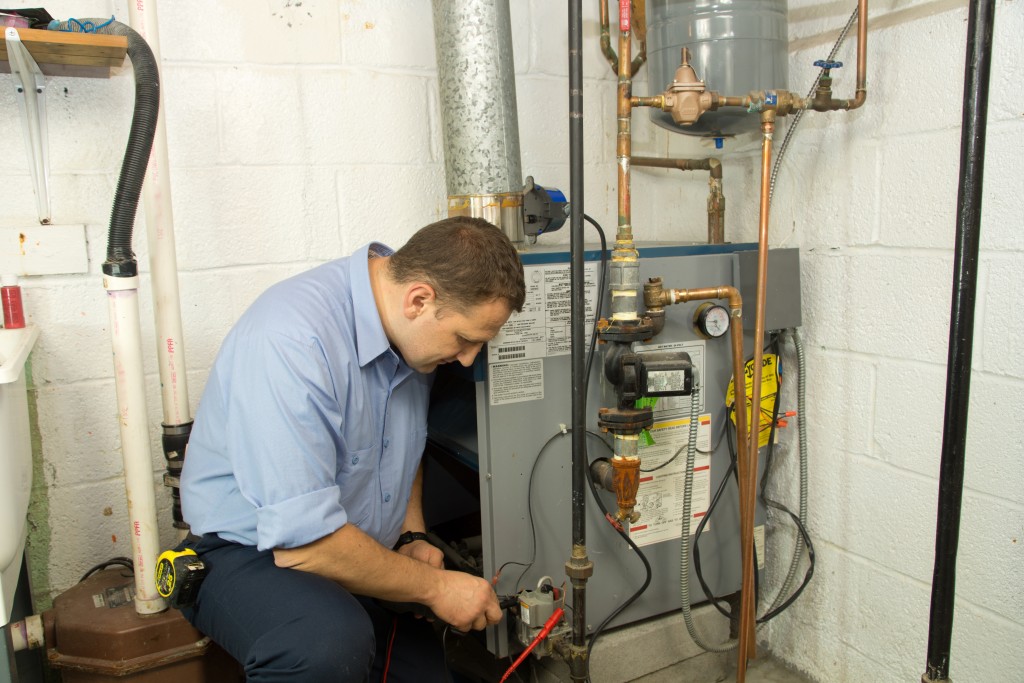DIYing a heating repair in Salt Lake City is a huge no-no. A furnace is connected to the electricity and runs on hazardous fuel, so one fateful mistake can seriously injure someone or burn the house down.
All furnace and AC contractors have to secure a license from the Utah Division of Occupational and Professional Licensing, for HVAC work requires a certain level of technician proficiency. Reputable heating and cooling professionals also apply for appropriate NATE (North American Technician Excellence) certifications to show the communities they serve that they are competent enough to carry out the job properly, efficiently, and safely.
But then again, not every furnace problem merits professional service. You are in charge of basic HVAC maintenance and responsible for troubleshooting simple issues that cause your heating unit to stop working and to operate without blowing warm air. For starters, here are the tasks you are allowed to do:
Calibrating the Thermostat
The thermostat is the control center of your HVAC system. It monitors the air temperature within the room, telling your furnace when to produce heat and where to send it.
Although modern thermostats are smart enough to decide the kind of indoor climate is optimal, many models still rely on manual programming. Even the temperature settings of programmable devices need human intervention at least in the beginning. Almost all furnace problems stem from a thermostat issue. If your unit misbehaves, it pays to check if your thermostat is working correctly first. Also, change its batteries regularly to avoid power problems.
Dusting the Blower Fan
Debris is the number one enemy of any HVAC system. Vacuum the areas surrounding your unit’s blower to keep the admission of dust into the equipment to a minimum. If your unit’s fan slides out, use a toothbrush to remove grime from its blades. The cleaner they are, the better they can control the air.
Cleaning Filters
 No furnace can operate at an optimal level with air a clogged filter. This component is designed to filter out the harmful particles in the air, preventing pollutants from getting into the rest of the HVAC equipment.
No furnace can operate at an optimal level with air a clogged filter. This component is designed to filter out the harmful particles in the air, preventing pollutants from getting into the rest of the HVAC equipment.
Naturally, an air filter is doomed to go dirty, sometimes earlier than expected. Make it a point to wash it once every three months. You might have to maintain it more frequently if your room is dirtier than most, you live with a pet, or you run your furnace all day. Air filters have service lives too, so replace them when necessary. Read the manufacturer instruction to determine when exactly the product needs to be changed.
Keeping Air Vents and Registers Unobstructed
Be mindful where you place furniture to prevent obstructing these air inlets and outlets. Any blockage to them can restrict the airflow, which in turn suffocates the furnace. When your unit can’t breathe normally, it works extra hard to meet the amount of heating the thermostat demands.
If your furnace acts up despite following such basic maintenance and troubleshooting tasks, call a qualified technician for help. HVAC work has several pitfalls, so never attempt to be the hero.
